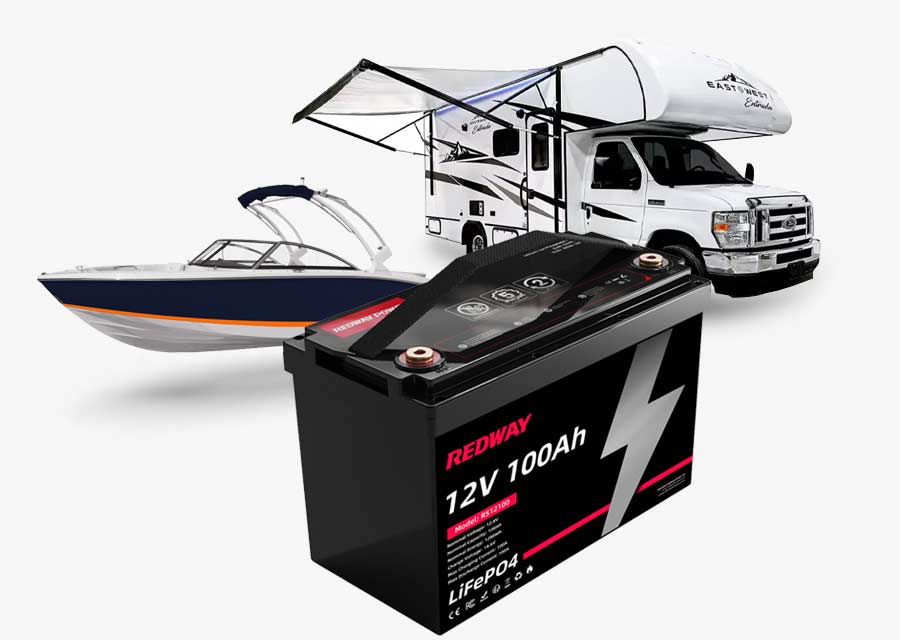Power tools have made our lives easier, but using the wrong battery can pose risks. This post explores the dangers of mismatching voltages, preventing potential issues when reaching for that battery. Let’s prioritize safety in every project!
Understanding the Voltage Difference
Voltage is a critical factor in battery-powered tools, representing the force behind electric current flow. When choosing batteries for your tools, it’s crucial to comprehend voltage differences. Here’s a simplified guide:
- Voltage Basics: The rating, like 20V or 40V, indicates the maximum output potential, translating to more power for your tool. But beware, using a battery with higher voltage than recommended can lead to overheating and potential damage to both the tool and the battery.
- Consequences of Mismatch: Mismatching voltages can push a device beyond its limits, causing overheating and component failure. Additionally, safety features in tools are calibrated for specific voltages, compromising user safety when using incompatible batteries.
- Safety First: To prevent mishaps, always consult your tool’s manual or manufacturer guidelines for proper battery compatibility. Manufacturers provide these details to ensure safety, prevent accidents, and extend the lifespan of both tools and batteries.
Remember, a moment of caution in understanding voltage differences goes a long way in maintaining the safety and efficiency of your cordless power tools.
The Dangers of Using the Wrong Battery on a Tool
Using the wrong battery in your power tools can lead to serious risks, especially when it comes to voltage differences. Here’s a breakdown of the potential dangers:
- Heat Buildup and Motor Damage: Attempting to use a 40V battery on a 20V tool can cause excessive heat in the motor, leading to damage or complete failure over time. Higher voltage may also harm internal components.
- Impact on Performance and Safety: Incompatible batteries not only affect performance but also compromise safety. Incorrect voltage can result in erratic operation, making power tools difficult to control and potentially dangerous.
- Electrical Shock Risks: Connecting batteries with different voltages increases the risk of short circuits and electrical malfunctions, posing a potential danger of electrical shocks during tool operation.
To avoid these dangers, always follow manufacturer recommendations for suitable batteries, considering both voltage ratings and additional requirements. Prioritize compatibility to ensure both equipment functionality and user safety.
Potential Risks to the Tool and User

Using a 40V battery on a tool designed for 20V poses various risks to both the tool and the user. Here’s a concise breakdown:
- Tool Damage: Increased voltage can overload the tool’s motor and internal components, causing overheating and potential failure. This risks damage to the tool or rendering it unusable.
- Safety Hazards: Incompatible batteries may lead to safety hazards for the user, including higher risks of electrical shocks or fires. Lack of built-in protection mechanisms can pose significant dangers during operation.
- Performance Strain: Mixing batteries with different voltages can strain certain parts of the tool, leading to premature wear and tear. While higher voltage may seem advantageous, it can reduce the tool’s lifespan.
Always adhere to manufacturer guidelines to ensure safety, preserve tool longevity, and avoid warranty voidance.
How to Check Compatibility Between Batteries and Tools
Checking compatibility between batteries and tools is crucial for safe and efficient operation. Here’s a brief guide to help you determine compatibility:
- Consult the Manual: Refer to your tool’s instruction manual for voltage requirements and battery compatibility recommendations provided by the manufacturer.
- Examine Battery Ratings: Check the battery pack for a voltage rating matching your tool’s requirements. Using a higher voltage battery can cause damage, so ensure it aligns with your tool’s specifications.
- Consider Size and Features: Ensure the battery fits securely into your tool without modifications. Pay attention to additional features or specifications, like amp-hour ratings or chemistry types, to confirm compatibility.
When in doubt, contact the manufacturer or seek advice from professionals to avoid potential hazards and ensure a smooth operation.
Alternatives to Mixing Batteries
When faced with a 40V battery and a 20V tool, it’s crucial to steer clear of potential risks. Consider these alternatives:
- Adapter or Converter: Invest in an adapter designed to safely use different voltage batteries on your tools. This ensures compatibility without compromising safety.
- Separate Tools for Each Voltage: Opt for having dedicated tools for each voltage level. Although it might involve initial costs, it eliminates the need for mixing batteries and offers convenience for diverse projects.
- Seek Professional Guidance: Consult with professionals or contact the tool manufacturer for expert advice on proper battery usage. Their insights will guide you in making informed decisions to prioritize safety.
Remember, taking precautions and ensuring compatibility enhances both your safety and the longevity of your equipment.

